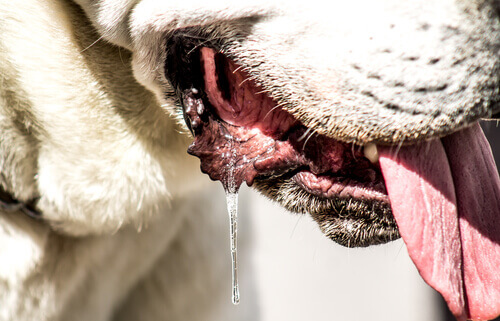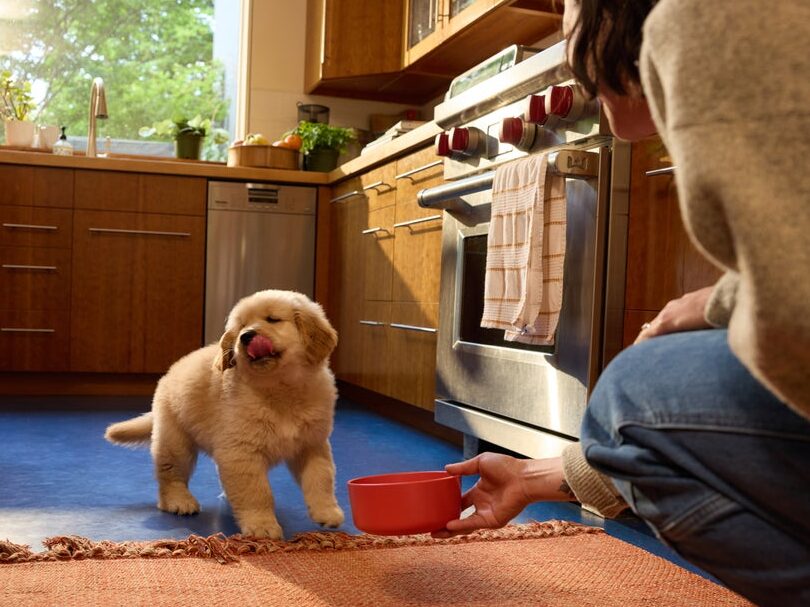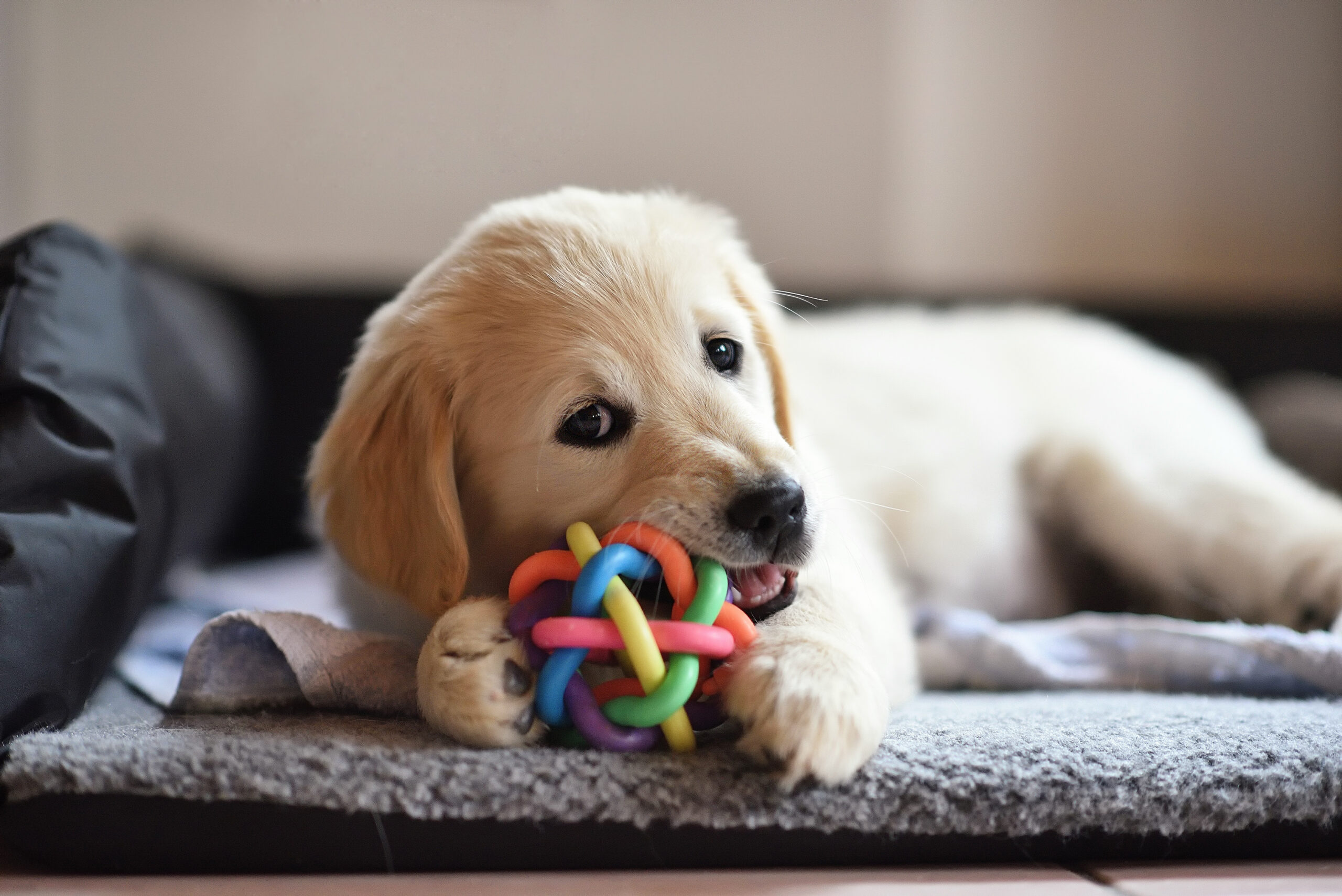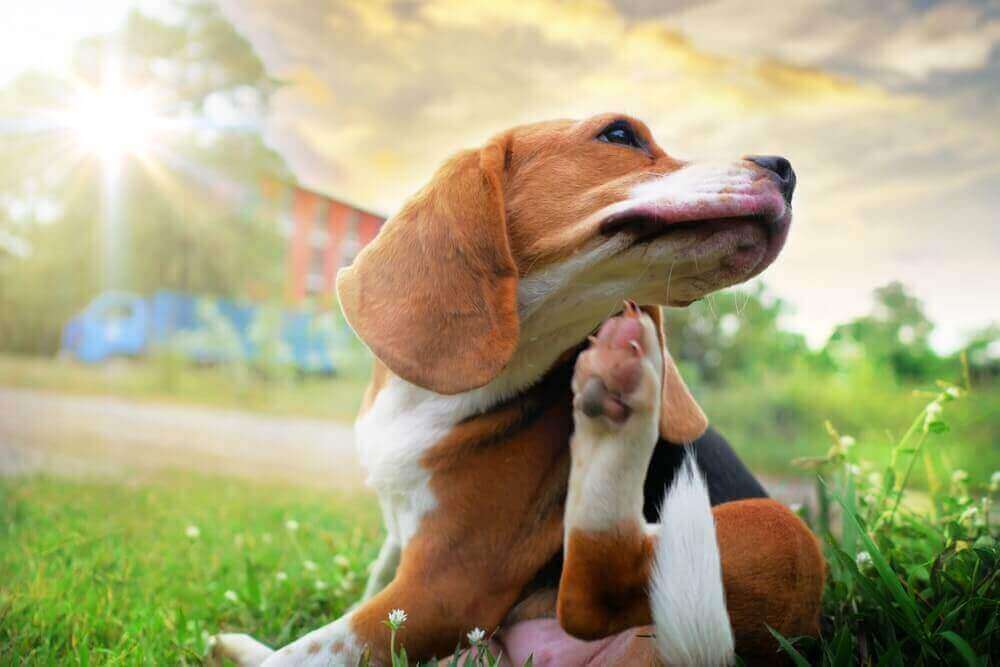Hey Ollie blog readers! We’re offering you an exclusive 60% OFF your starter box! Try now!
Dog slobber or dog drool — whatever you call it some dogs sure do a lot of it. For others you might see a little trail when they see a delicious treat. How do you know if what you’re seeing is normal and when should you take your precious pup to the vet?
Some breeds like Mastiffs and Saint Bernards are just more prone to drool. The shapes of their heads and lips are just so that they can’t contain all the drool in their mouths. The drool might drip slowly or, it might go flying as they shake their heads.
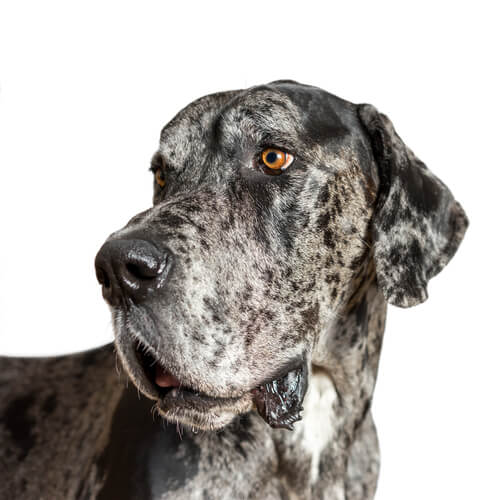
How to Spot Healthy Drool
This may sound a little silly but here are some of the conditions under which seeing some drool in your pet is perfectly healthy:
- Offering your pet something delicious: If you’re fixing your dog’s dinner, about to hand over his favorite bone or even grilling some hot dogs or a juicy steak for the humans, you may see drool start forming. This is normal and like in humans, saliva is a part of your pet’s digestive system and helps start the process of breaking down food. You may remember learning about Pavlov’s dogs in high school science class. Your pet may be conditioned to drool when he sees food or a treat because of past experience.
- Excitement: When chasing a squirrel or playing with his favorite toy your pet might start drooling from the excitement. If you pull out your pet’s car harness or tell him that he is about to go to the park or beach you may see some extra drool – again this is due to excitement. This can also be a perfectly normal and healthy occurrence even if it is a little messy.
- Resting: For breeds that produce excessive drool they may just drool while they rest. The drooling should be clear or white and relatively odorless. You’ll want to keep a rag or small towel on hand to wipe up the excess drool when possible as you don’t want to have drool covered furniture or even puddles of drool someone could slip on! Be especially careful to wipe up extra drool after your pet has had a drink of water as some of the water can mix with the drool making an extra wet mess.
When Drool Might Signal a Bigger Problem
While some drool is normal and healthy in all dogs (not just those who are prone to it), there are other times when drooling might be a symptom of a more serious health issue. This list gives some potential causes of excessive drooling and how to best help your pet.
- Mouth and throat issues: If your dog is having issues with swallowing normally this could cause excessive drooling. Issues could range from a tumor or plaque build up to a neurological or muscular condition that causes issues with swallowing. If your pet is having trouble swallowing or drinking you will need to take them to the vet to determine the specific cause and treatment. Your vet may perform blood work, take X-rays or an ultrasound to diagnose the issue. The inability to swallow properly can also impact your pet’s ability to eat and drink. This can cause additional issues if your dog is not getting adequate nutrition and hydration. Your vet will discuss with you the best way to help your pet get nutrition during this time. This could include IV fluids and nutrition.
- Tooth decay: Tooth decay can cause drool but also causes more serious issues. These can include discomfort and the ability to chew food, infection or an abscess. If your dog is having trouble chewing or playing with toys you should take your pet to the vet for a dental exam. Other symptoms of tooth decay will include bad breath, foul odor coming from the tooth and some discoloration. You may also see your dog’s gums bleed. To prevent tooth decay brush your dog’s teeth with an enzymatic toothpaste. If you struggle to keep your pet’s teeth clean you may also want to schedule some cleanings with your vet. These are generally done under anesthesia so you’ll want to discuss the risks and benefits with your vet as well.
- Stomach issues: If your pet has an upset stomach this might also cause some drooling. If you think your pet might be having some digestive issues you want to keep a very close eye on him. Your pet could have eaten something poisonous or toxic which may require a trip to the vet. It could also be a more serious condition called bloat which can be life threatening and will require immediate medical intervention. When a dog gets bloat it means their stomach has filled with gas, and may have twisted. The vet will determine if your pet just needs a stomach pump to remove the gas or if surgery is needed to untwist the stomach.
- Heat stroke:If your pet is having a heat stroke they may drool to try to cool themselves down. You also may see excessive panting as well. Dogs run warmer than we do, to prevent heat stroke in the first place make sure they have a cool place to hang out in warm weather and access to fresh water. Don’t ever leave your pet in the car on a hot day as the internal temperature of your car can be significantly higher than the air temperature outside.
- Kidney disease: Kidney disease in dogs can be deadly and you may not be able to spot the issue before it takes a fatal turn. You want to look for warning signs like changes in water consumption, change in urine output, blood in your dog’s urine and/or a chemical odor. If you do catch it early enough there are some interventions you can try to support your dog’s kidney function including medication, dialysis and renal diets.
In addition to drooling, if your pet has bad breath, is gagging and/or losing weight quickly you’ll need to consult your vet. The vet can do an exam and run tests to help determine why your pet is experiencing these symptoms and help you with a treatment plan. This could include surgery, medication or a change in your pet’s diet.
The Ollie blog is devoted to helping pet parents lead healthier lives with their pups. If you want to learn more about our fresh, human-grade food, check out MyOllie.com.
Tagged As:

The nutrition your dog needs,
the food they want.

Enjoying our articles? Subscribe our Newsletters and get new articles directly to your inbox
You might also like
13 May 2025
8 MINS READ
Puppy Training Guide & Behavior Timeline
Bringing home a puppy is pure magic. It’s also pure chaos—tiny teeth, zoomies, accidents in the house, and moments that make you wonder if you’re raising a future genius or a tiny tornado. …
by Ollie Pets
10 May 2025
12 MINS READ
New Puppy Checklist: Guide To Prepare For A New Dog
Bringing home a new puppy? This checklist covers everything new dog owners need—from essential supplies to training, feeding, and first vet visits.
by Ollie Pets
3 April 2025
9 MINS READ
Home Remedies for Fleas on Dogs: 10 Natural Ways That Actually Work
Wondering what kills fleas on dogs instantly and naturally? If your pup is scratching like crazy, it may be time to take action. In this guide, we’ll show you the most effective home remedies for…
